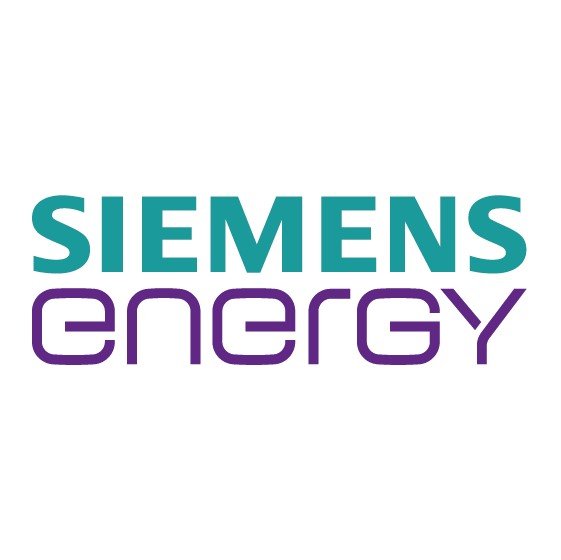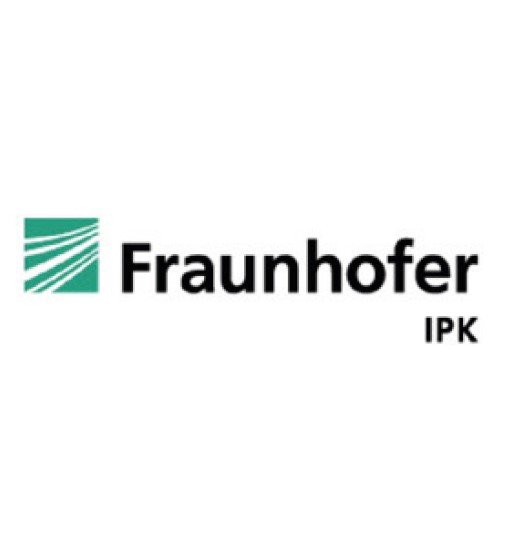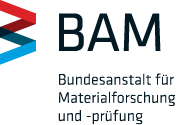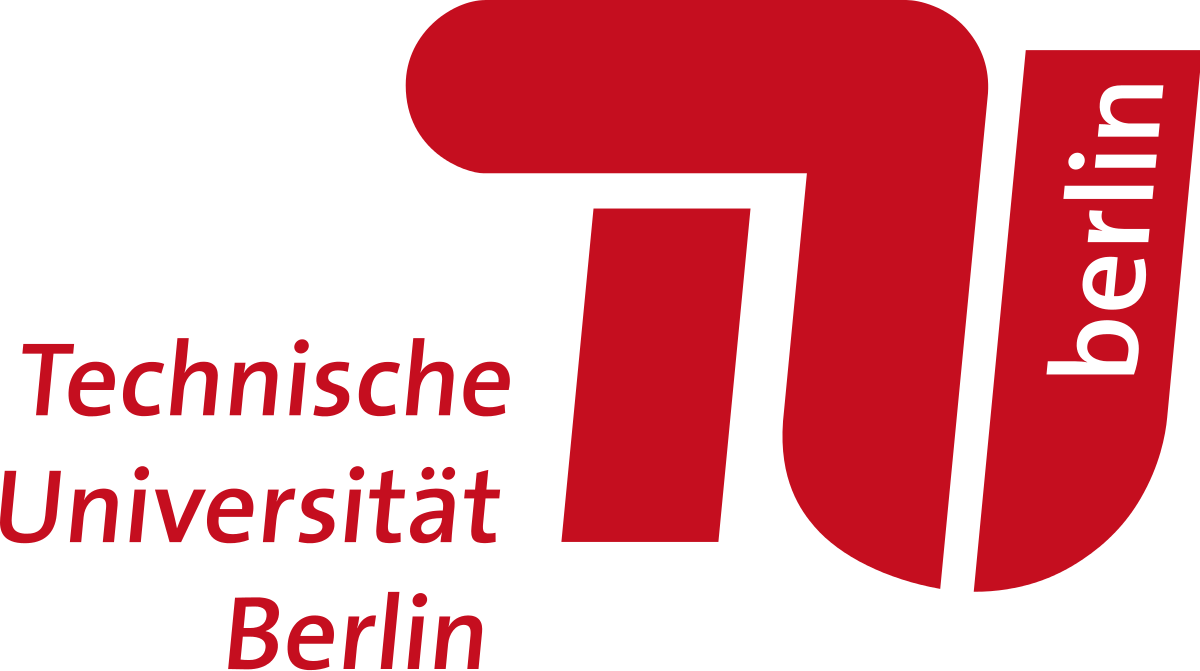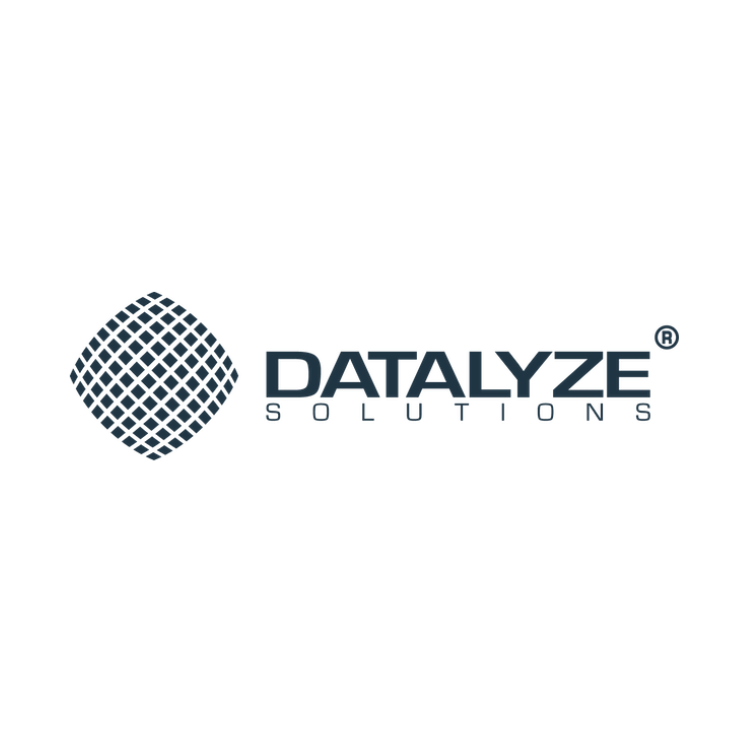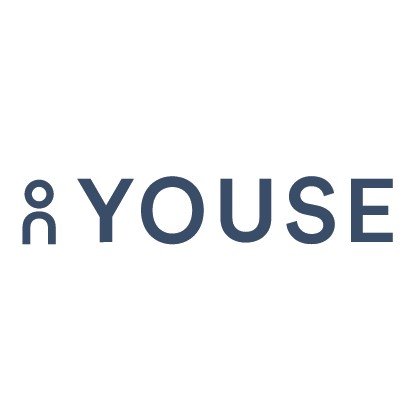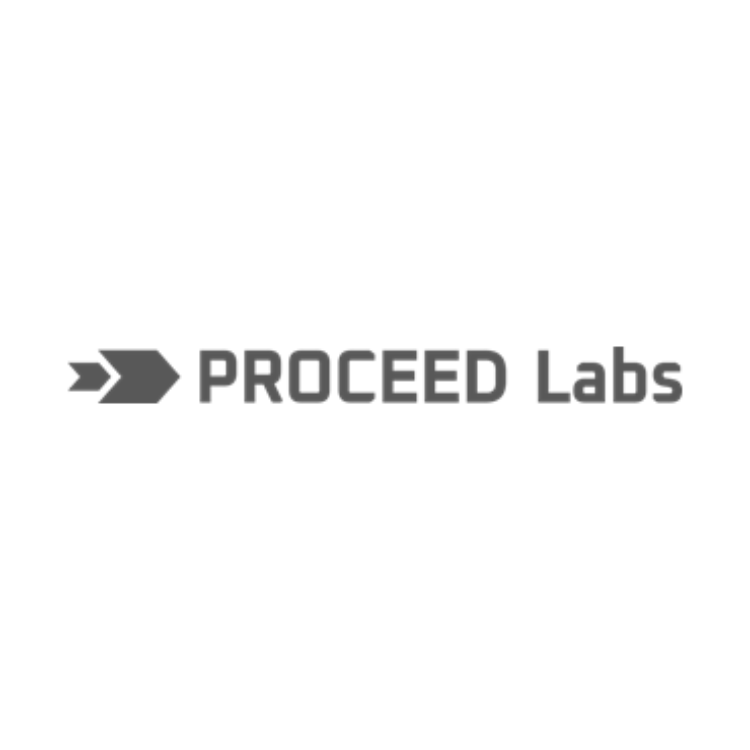WvSC HTA 2.0 (Phase 2)
Werner von Siemens Center for Industry and Science (WvSC)
PROJECT DESCRIPTION
Sustainable additive manufacturing for high-temperature applications (HTA)
WHAT IT’S ALL ABOUT
High-temperature applications involve the development and production of components that come into contact with the hot gas jet, which reaches temperatures of well over 1000 degrees Celsius, in high-efficiency gas-fired power plants. To ensure their function and service life, additive manufacturing is used to implement innovative concepts that are not technically feasible using conventional manufacturing processes.
OBJECTIVES OF THE RESEARCH PROJECT
Development of new additive manufacturing processes and components for high-temperature components in large gas turbines, taking into account sustainable product development.
MOTIVATION
The focus of the 2nd phase is the extension of the Design for Additive Manufacturing method with further processes (wire-based generation of large components DED-Arc, selective laser beam melting with high-temperature preheating and selective electron beam melting PBF-EB/M in powder bed) and the aspect of life cycle analysis (LCA). In this context, process and material development for the DED-Arc and PBF-EB/M processes will be brought to a higher level of maturity.
Furthermore, the topic of post-processing of additively manufactured components is being given greater attention in order to enable automated and small-series processing. In addition, the recycling of metal powders and support structures will be highlighted, with the aim of achieving greater resource efficiency and thus contributing to the economic presentation of AM components.
OUR CONTRIBUTION
Additively manufactured components must be post-processed depending on the manufacturing method and intended use. In order to live up to the promise of flexible additive manufacturing, the downstream work steps are also to be automated. By combining robotics, image processing and AI training, Gestalt Robotics develops, tests and evaluates strategies and procedures regarding learning force control by means of force-torque sensor and machine learning algorithms.
© Siemens Energy
© Siemens Energy
Key facts
Robotics and Path Planning
Robot-supported implementation of manufacturing processes
Collision-free path planning
Real-time control of robot kinematics
Sustainability & Iterative Process Planning
Sustainable product creation
Iterative implementation of additive manufacturing processes
Automation of small series
Image Processing & AI Training
Method development for AI integration
Metrics and analysis of AI models
Implementation of visual recognition tasks
Deep Reinforcement Learning (DRL)
Application of DRL for tactile robot tasks
Learning approaches for adptive force control
Finding optimal process strategies
PartnerS & CONSORTIUM
Siemens Energy AG
Siemens AG
Fraunhofer IPK
Bundesanstalt für Materialforschung und -prüfung
Technische Universität Berlin
YOUSE GmbH
Datalyze Solutions GmbH
PROCEED Labs GmbH
3YOURMIND GmbH
XPLORAYTION GmbH
Funding
Berlin Senate, co-financed by the European Regional Development Fund (ERDF)
Program
“ProFIT – Projektfinanzierung”
Duration
01.2023 – 06.2025
Project Management Agency
Investitionsbank Berlin (IBB)
Project Website
Project Poster
Project poster (German) as printable PDF
This project is/was financed with funding provided by the Berlin Senate, co-financed by the European Regional Development Fund (ERDF) under the “ProFIT – Projektfinanzierung” program and managed by the Project Management Agency Investitionsbank Berlin (IBB). The author is responsible for the content of this publication.







